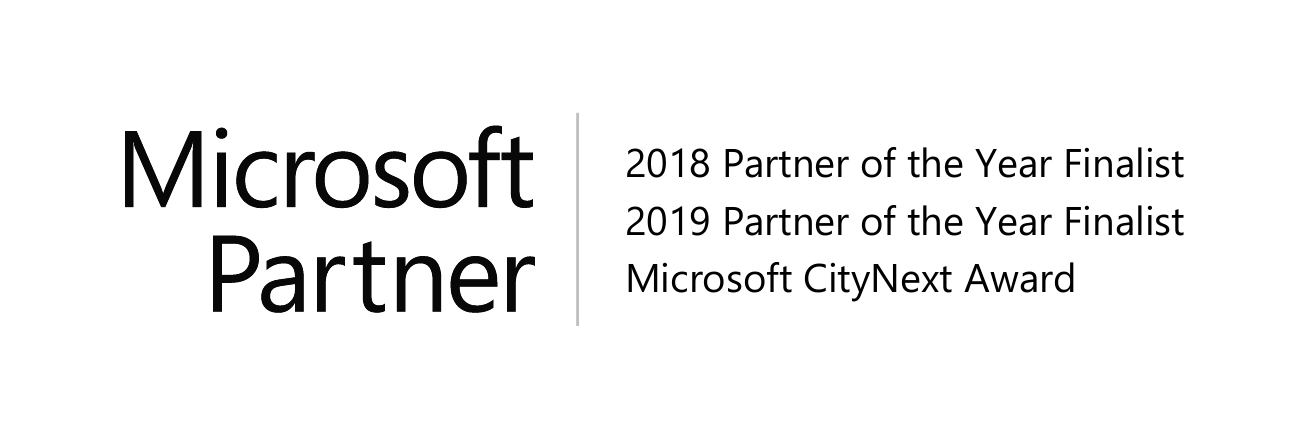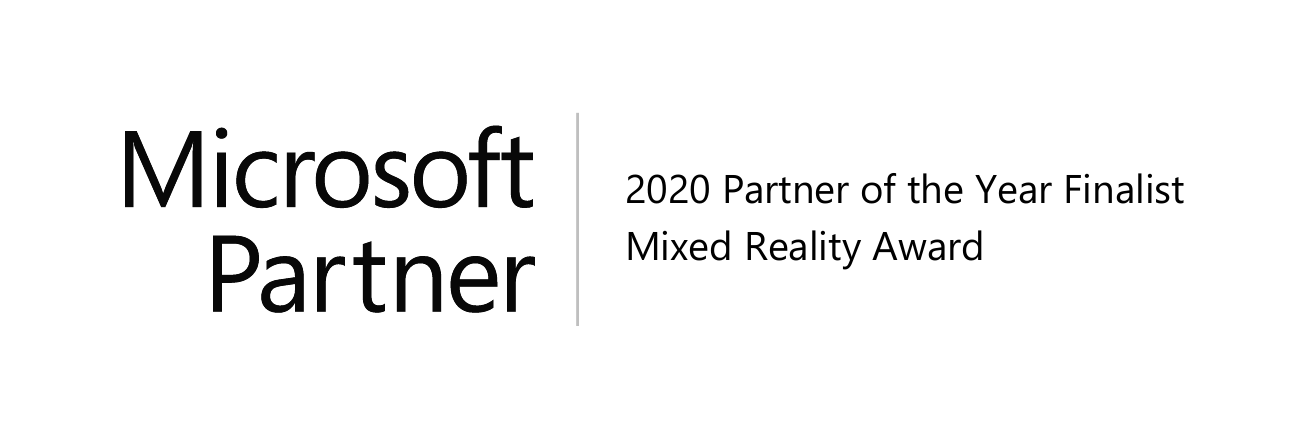Construction sites and utility infrastructure sites require AR that can adapt to inclement weather, any time of day, dirt and debris and changing landmarks. A system for BIM and GIS users needs a high degree of accuracy, stability, and the ability to adapt to real-life work conditions and work with the tools they’ve already invested in. Historically, the gap between expectations and the real-life performance was the major factor preventing mass adoption.
vSite is the first integrated, high-accuracy, field-ready Augmented Reality (AR) and Digital Twin system designed for construction and utilities projects. Several factors set vGIS apart:
| Accuracy |
Accuracy is the most critical component of an augmented reality system for field services. A typical commercial or in-house-built AR system is only as accurate as the device’s internal GPS and compass, which has a stated accuracy of 10–30 m/30–100 ft. for the location and ±50° for the direction. vGIS features patent-pending GNSS and RTK integration designed for high accuracy (up to 1cm) applications. vGIS high-accuracy positioning methods manages the user’s position (x,y,z) and direction in real-time to compensate for drift typical to IMU and optical tracking. vGIS has also developed a patented calibration technology that enables high accuracy (sub-15 cm) location accuracy and ±0.1° directional accuracy depending on the area of operations) using a standard Android or iOS device – no GNSS or RTK integration required! Multiple positioning methods let you can choose the positioning model that works the best for each individual user within your organization. |
||
|---|---|---|---|
| Stability |
Stability is another important component of an AR system. Once the augmented reality overlays are projected, they must stay connected to the physical world. AR systems are highly susceptible to “drift,” where infrastructure visuals move around, jumping several meters/feet every fraction of a second. This makes it impractical to use an AR system unless it is connected to an external GNSS device. However, even with high-precision GNSS, the drift remains noticeable. vGIS system takes a completely different approach to visualization architecture, ensuring stable and thus reliable visuals. It is not surprising that the most common feedback we receive emphasizes the system’s accuracy and stability – “the AR rendering in vGIS are far more accurate and stable than similar products that we have seen.” |
||
| Advanced Visualization Engine |
The power of AR lies in its presentation of information in a format that helps one understand the surrounding infrastructure. vGIS is built on the proprietary visualization engine that depicts infrastructure assets in an appealing and easy-to-understand way. The system makes the depth, location and relative asset positioning plain and clear so you don’t have to guess what each line or point represents or where it is located. vGIS Utilities can display native GIS symbology, proprietary vGIS visuals, 3D objects and even complex 3D BIM models. |
||
| Intuitive User Interface |
The vGIS team has dedicated User Interface (UI) and User Experience (UX) experts who specialize in designing user experience-optimized systems. By conducting extensive prototyping, lab testing, feedback analysis and continuous refinement, the vGIS Team hides complexities “under the hood.” Aside from creating the most sophisticated yet simple interface, our UX research has practical benefits. Optimized UI and UX make the system easier to use, reduce the learning curve and make the system accessible to anyone even without technical acumen. |
||
| Effortless Setup and Maintenance |
AR systems usually fall into two categories: easy to set up but with basic capabilities and visuals, or more capable and visually advanced but requiring substantial manual setup time or even custom development. vGIS stands out as the single exception; despite offering the most advanced visuals in the industry, the system takes virtually no time to set up. By using a sophisticated and intuitive Admin Portal that automates most tasks, vGIS can be set up in minutes while delivering unparalleled visuals. |
||
| Device Support |
vGIS is the only system in its class that supports the full spectrum of technologies: Augmented Reality (AR), Mixed Reality (MR) and Extended Reality (XR). The broadest support of devices—from iPads and Android phones to Microsoft HoloLens—lets you select the optimal tools for the job. |
||
| Multiple Data Delivery Options |
vGIS lets you choose how you want data to be delivered to the device: real-time or persistent. Each model has its advantages, and delivery can be optimized not just at the client level, but also at the data source level. All settings can be changed on the fly, so you are not permanently tied to a particular delivery model. |
||
| Value |
Just like with ease of setup, AR systems offer a trade-off between price and capability. Most pricing models work on a “you get what you pay for” basis. vGIS is the noticeable exception; although affordable for even the smallest teams, it offers the best capabilities in the industry and thus, the best value in the industry. |
||
| Return on Investment (ROI) |
vGIS combines the most capable technology with affordable pricing. This drives exceptional ROI for the system, at 10:1–15:1 for active users such as utility locators and 3:1–5:1 for casual users who use vGIS once in a while. Analysis suggests that systems developed in-house offer negative ROI, as the high cost of development is covered by a single organization. Other commercial systems require investment in expensive hardware and additional software subscriptions without which they offer limited practical benefits, driving down the ROI. vGIS Utilities is uniformly recognized by industry experts as the leader in augmented reality for the GIS space. From reputable awards (see below) to informal feedback from users who have piloted a variety of commercial and in-house-built AR systems, the acclaim for vGIS Utilities is consistent. It is the most accurate, stable and capable AR solution available on the market. |
||
 |
 |
 |